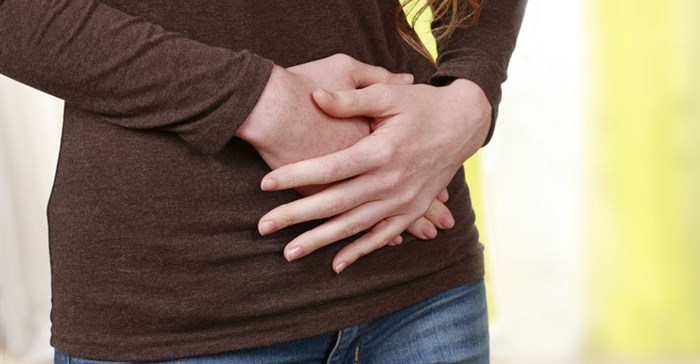The procedure is performed by an interventional radiologist, who specialises in minimally invasive techniques. There are few such practitioners dedicated to UAE in South Africa and those who are, are committed to creating awareness about UAE both to the public and to gynaecologists.

Dr Andrew Lawson, an interventional radiologist at Rondebosch Medical Centre in Cape Town, says: “Although all women are potentially at risk of developing uterine fibroids, there is much anecdotal evidence from around the world to suggest that women of African descent are at greater risk than Caucasian women of developing this condition and to suffer serious symptoms. This is supported by our own experience.”
“We are not completely certain what the reasons are for this, but we do know that a family history of uterine fibroids can considerably increase a woman’s risk of developing them. Fibroids in the African women also tend to be more numerous and larger than those seen in the Caucasian population,” Lawson points out.
Uterine fibroids are noncancerous growths in the uterus, which develop from the smooth muscle tissue (myometrium). The growth patterns vary — they may develop slowly or rapidly, or they may remain the same size.
Fibroids range in size from seedlings, undetectable to the human eye, to bulky masses that can distort and enlarge the uterus. They can be single or multiple, in extreme cases expanding the uterus so much that it reaches the rib cage. As many as three out of four women have uterine fibroids sometime during their lives, but most are unaware of them because they often cause no symptoms.
Symptoms usually occur between the ages of 20-55 years, while it is well known that after menopause, the symptoms related to fibroids go away. The medical community believe this is due to the reduced levels of oestrogen after menopause.
UAE is performed under X-ray guidance via a small puncture of a blood vessel in the groin. The large uterine arteries that supply the fibroids are identified and the blood flow to the fibroids is cut off by injecting small particles. The fibroids then shrink and are reabsorbed by the body.
“Embolisation is becoming an increasingly popular treatment option for women who suffer from symptoms related to fibroids. Some of its advantages over other procedures include a reduced hospital stay, quicker recovery time and preservation of the womb/uterus. The procedure itself is pain-free, although patients do experience pain when the fibroids start to die, which requires pain killers to control,” he adds.
The procedure is safe and has been performed on hundreds of thousands of women. The uterus is not removed, which is important to most women. It does not only treat the large fibroids but it also small fibroids that are often not even visible and may grow if not treated. The chances of fibroids growing back are extremely low.
Lawson belongs to Fibroid Care, a collaboration of professionals including radiologists and gynaecologists who focus on the management of patients with fibroids.
“An individual assessment is made for each patient to determine the best treatment option and we work as a team with the patient’s own doctor,” he says.